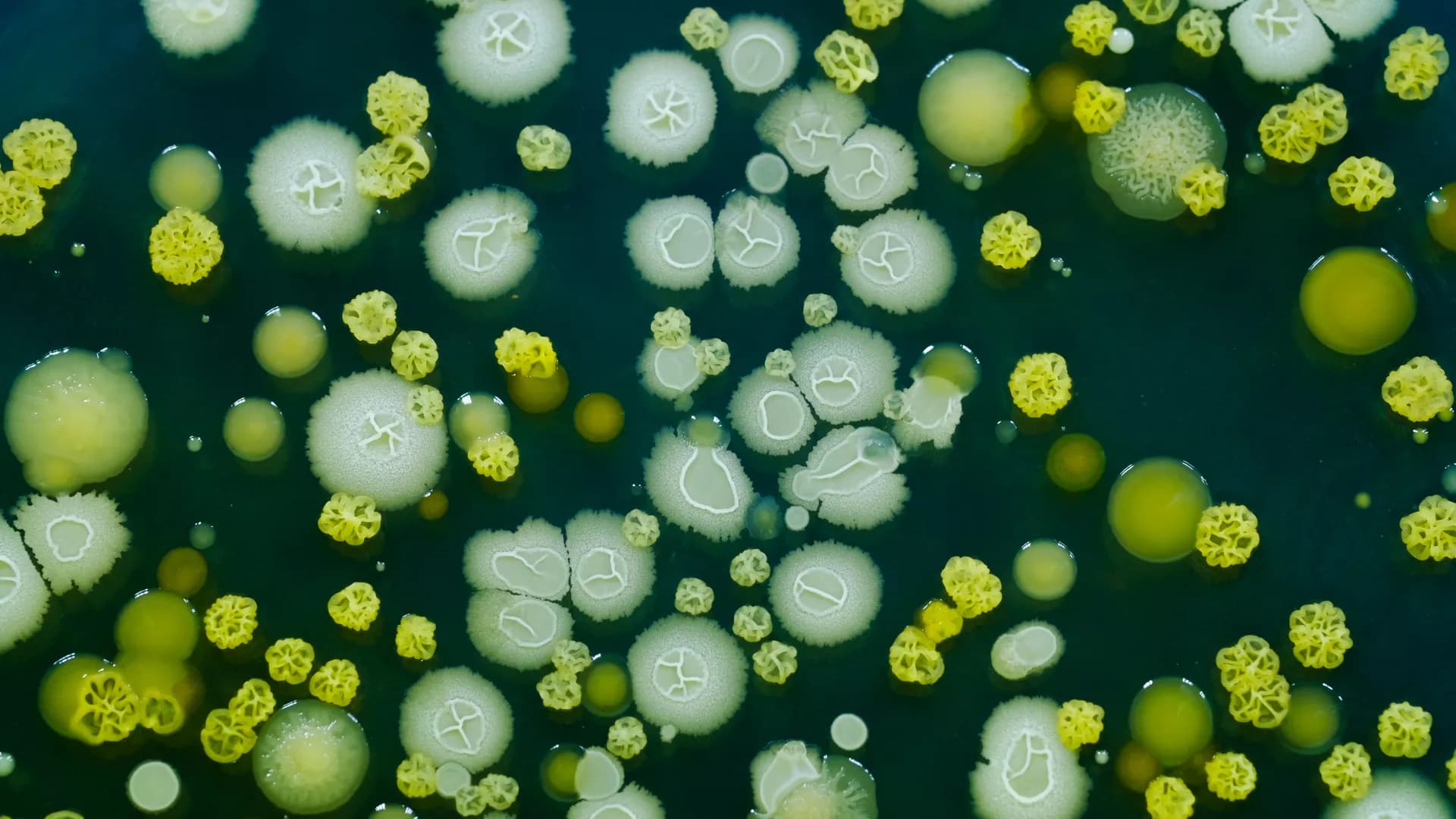Genetic variability across the three major histocompatibility complex (MHC) class I genes (human leukocyte antigen [HLA] A, B, and C) may affect susceptibility to many diseases such as cancer, auto-immune or infectious diseases. Individual genetic variation may help to explain different immune responses to microorganisms across a population. HLA typing can be fast and inexpensive; however, deciphering peptides loaded on MHC-I and II which are presented to T cells, require the design and development of high-sensitivity methodological approaches and subsequently databases. Hence, these novel strategies and databases could help in the generation of vaccines using these potential immunogenic peptides and in identifying high-risk HLA types to be prioritized for vaccination programs. Herein, the recent developments and approaches, in this field, focusing on the identification of immunogenic peptides have been reviewed and the next steps to promote their translation into biomedical and clinical practice are discussed.
Soil-transmitted helminths (STH) affect hundreds of millions worldwide and are some of the most important neglected tropical diseases in terms of morbidity. Due to the difficulty in studying STH human infections, rodent models have become increasingly used, mainly because of their similarities in life cycle. Ascaris suum and Trichuris muris have been proven appropriate and low maintenance models for the study of ascariasis and trichuriasis. In the case of hookworms, despite most of the murine models do not fully reproduce the life cycle of Necator americanus, their proteomic similarity makes them highly suitable for the development of novel vaccine candidates and for the study of hookworm biological features. Furthermore, these models have been helpful in elucidating some basic aspects of our immune system, and are currently being used by numerous researchers to develop novel molecules with immunomodulatory proteins. Herein we review the similarities in the proteomic composition between Nippostrongylus brasiliensis, Heligmosomoides polygyrus bakeri and Trichuris muris and their respective human counterpart with a focus on the vaccine candidates and immunomodulatory proteins being currently studied.
Parasite derived extracellular vesicles (EVs) have been proposed to play key roles in the establishment and maintenance of infection. Calicophoron daubneyi is a newly emerging parasite of livestock with many aspects of its underpinning biology yet to be resolved. This research is the first in-depth investigation of EVs released by adult C. daubneyi. EVs were successfully isolated using both differential centrifugation and size exclusion chromatography (SEC), and morphologically characterized though transmission electron microscopy (TEM). EV protein components were characterized using a GeLC approach allowing the elucidation of comprehensive proteomic profiles for both their soluble protein cargo and surface membrane bound proteins yielding a total of 378 soluble proteins identified. Notably, EVs contained Sigma-class GST and cathepsin L and B proteases, which have previously been described in immune modulation and successful establishment of parasitic flatworm infections. SEC purified C. daubneyi EVs were observed to modulate rumen bacterial populations by likely increasing microbial species diversity via antimicrobial activity. This data indicates EVs released from adult C. daubneyi have a role in establishment within the rumen through the regulation of microbial populations offering new routes to control rumen fluke infection and to develop molecular strategies to improve rumen efficiency.
The human whipworm Trichuris trichiura infects 289 million people worldwide, resulting in substantial morbidity. Whipworm infections are difficult to treat due to low cure rates and high reinfection rates. Interactions between whipworm and its host’s intestinal microbiome present a potential novel target for infection control or prevention but are very complicated and are identified using inconsistent methodology and sample types across the literature, limiting their potential usefulness. Here, we used a combined 16S rRNA gene OTU analysis approach (QIIME2) for samples from humans and mice infected with whipworm (T. trichiura and T. muris, respectively) to identify for the first time, bacterial taxa that were consistently associated with whipworm infection spanning host species and infection status using four independent comparisons (baseline infected vs uninfected and before vs after deworming for both humans and mice). Using these four comparisons, we identified significant positive associations for seven taxa including Escherichia, which has been identified to induce whipworm egg hatching, and Bacteroides, which has previously been identified as a major component of the whipworm internal microbiome. We additionally identified significant negative associations for five taxa including four members of the order Clostridiales, two from the family Lachnospiraceae, including Blautia which was previously identified as positively associated with whipworm in independent human and mouse studies. Using this approach, bacterial taxa of interest for future association and mechanistic studies were identified, and several were validated by RT-qPCR. We demonstrate the applicability of a mouse animal model for comparison to human whipworm infections with respect to whipworm-induced intestinal microbiome disruption and subsequent restoration following deworming. Overall, the novel cross-species analysis approach utilized here provides a valuable research tool for studies of the interaction between whipworm infection and the host intestinal microbiome.
Frontiers in Cellular and Infection Microbiology
Stem Cell Technologies coupled with Functional Genomics for the study of Parasite Biology and Host-parasite Interactions. Old questions, new approaches.







